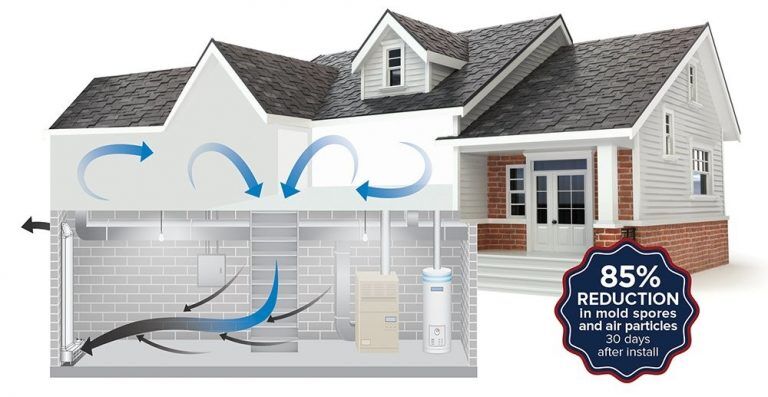
Winter often brings cozy nights spent indoors, but it can also lead to poor indoor air quality. As temperatures drop, we tend to seal our homes tighter to conserve heat, which unfortunately traps moisture and pollutants. This is where proper ventilation comes in. Regularly airing out the house in winter is essential for maintaining a healthy and comfortable living environment.
This article will delve into the importance of winter home ventilation, explore its numerous benefits, and provide practical tips on how to effectively ventilate your home during the colder months. We’ll also discuss the crucial role ventilation plays in preventing mold growth and ensuring optimal indoor air quality.
Importance of Winter Home Ventilation
While it might seem counterintuitive to open windows when it’s freezing outside, airing out house in winter is vital for several reasons.
Firstly, proper ventilation helps regulate humidity levels. When we breathe, cook, shower, and even simply live in our homes, we release moisture into the air. During winter, this moisture can become trapped indoors due to reduced airflow, leading to condensation on windows and walls. Excessive humidity creates a breeding ground for mold and mildew, which can pose health risks and damage your home’s structure.
Secondly, ventilation brings fresh air into your living space, replacing stale indoor air that may contain dust, allergens, pet dander, and other pollutants. This helps improve overall air quality and reduce the risk of respiratory problems, especially for individuals with allergies or asthma.
Benefits of Proper Air Circulation
The benefits of airing out house in winter extend beyond simply preventing mold growth and improving air quality.
Regular ventilation can also:
- Reduce feelings of stuffiness and improve overall comfort.
- Help prevent the buildup of carbon monoxide, a dangerous gas that can be produced by faulty appliances or heating systems.
- Minimize odors and keep your home smelling fresh.
- Promote better sleep by improving air circulation in your bedroom.
How to Ventilate Your Home in Winter
While it’s tempting to seal up your home tight during the winter months, remember that consistent ventilation is crucial for maintaining a healthy indoor environment. Here are some effective ways to ventilate your home even when it’s cold outside:
- Open windows strategically: Even on chilly days, opening windows for 10-15 minutes several times a day can make a significant difference. Choose windows that face different directions to ensure cross-ventilation and maximize airflow.
- Use exhaust fans: When cooking, showering, or using the bathroom, always turn on exhaust fans to remove moisture and odors from the air. Ensure your exhaust fans vent directly outside to prevent moisture buildup in your attic or walls.
- Install a heat recovery ventilator (HRV): An HRV is a specialized ventilation system that exchanges stale indoor air with fresh outdoor air while recovering heat from the outgoing air. This helps maintain comfortable temperatures and reduce energy consumption.
Tips for Winter Ventilation
- Ventilate during warmer periods: If possible, open windows on milder days or during sunny hours when the temperature difference between indoors and outdoors is less significant.
- Use window coverings strategically: Open curtains and blinds to allow sunlight to warm your home naturally while ventilating. Close them at night to prevent heat loss.
- Layer clothing: Dress warmly when opening windows for ventilation to avoid feeling too cold.
Mold Prevention and Indoor Air Quality
Proper ventilation plays a crucial role in preventing mold growth and maintaining optimal indoor air quality.
Mold thrives in damp, humid environments, and inadequate ventilation can create the perfect conditions for its growth. By regularly airing out house in winter, you help reduce moisture levels and prevent mold spores from spreading throughout your home. This not only protects your health but also safeguards your property from damage caused by mold infestation.
Conclusion
Airing out house in winter may seem counterintuitive, but it’s essential for maintaining a healthy and comfortable living environment. By following the tips outlined in this article, you can effectively ventilate your home during the colder months, prevent mold growth, improve indoor air quality, and enjoy a fresher, more breathable space all season long. Remember, even small steps like opening windows for a few minutes each day can make a significant difference in your overall well-being.
